Home>Gardening & Outdoor>Plant Care & Gardening Tips>How To Plant Wildflower Seed Mix
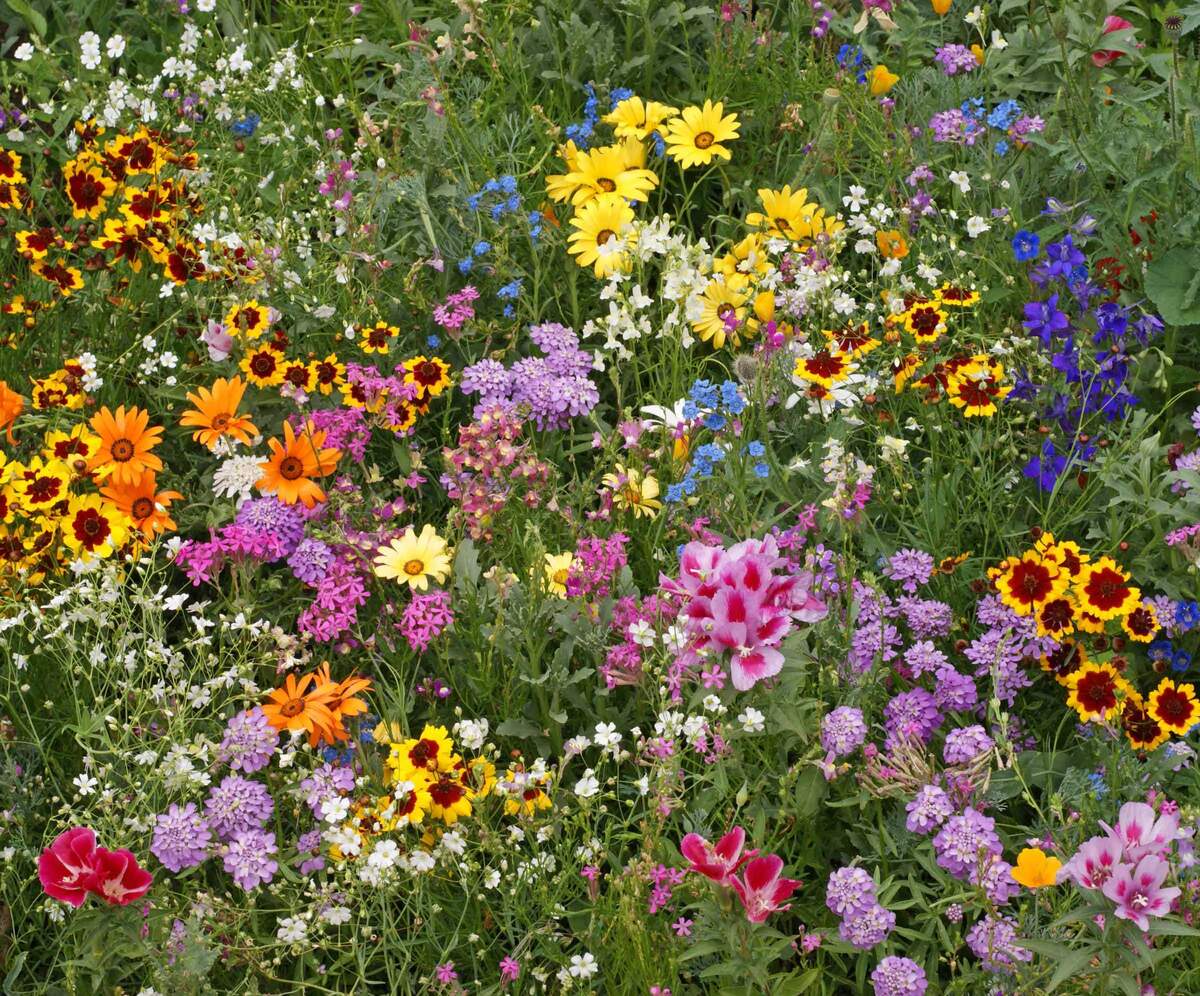

Plant Care & Gardening Tips
How To Plant Wildflower Seed Mix
Modified: January 5, 2024
Discover expert plant care and gardening tips for planting wildflower seed mix. Learn how to create a beautiful and vibrant wildflower garden with our comprehensive guide.
(Many of the links in this article redirect to a specific reviewed product. Your purchase of these products through affiliate links helps to generate commission for Storables.com, at no extra cost. Learn more)
Introduction
So, you've decided to add a splash of natural beauty to your garden by planting a wildflower seed mix. Congratulations on choosing to create a vibrant and diverse ecosystem that will not only enhance the aesthetics of your outdoor space but also support local pollinators and wildlife. Wildflowers are not only visually appealing but also play a crucial role in maintaining a healthy and balanced environment.
In this comprehensive guide, we will walk you through the process of planting a wildflower seed mix, from selecting the right seeds to caring for your blossoming garden. Whether you're a seasoned gardener or a novice with a green thumb, this article will provide you with the knowledge and confidence to cultivate a thriving wildflower garden that will be a joy to behold.
By the end of this guide, you will have the expertise to choose the perfect wildflower seed mix, prepare the planting site, sow the seeds, and nurture your wildflowers to full bloom. Get ready to embark on a rewarding journey that will not only enrich your surroundings but also contribute to the preservation of natural biodiversity. Let's dive into the enchanting world of wildflowers and unleash your inner gardener!
Key Takeaways:
- Choose a wildflower seed mix suited to your local climate, soil, and aesthetic preferences to create a vibrant and biodiverse garden that supports local wildlife and pollinators.
- Prepare the planting site thoroughly by assessing sunlight, clearing the area, and improving soil quality to ensure optimal conditions for successful wildflower growth.
Read more: How To Plant Wildflower Seed Paper
Choosing the Right Wildflower Seed Mix
When it comes to selecting a wildflower seed mix, the options can be overwhelming. However, with a bit of knowledge and consideration, you can choose a mix that aligns with your preferences and the local growing conditions. Here are the key factors to keep in mind when choosing the right wildflower seed mix:
- Local Climate and Soil: Before purchasing a wildflower seed mix, it’s essential to understand the climate and soil conditions in your area. Different wildflowers thrive in specific environments, so selecting a mix suited to your region’s climate and soil type is crucial for successful growth.
- Native Species: Opting for a mix that includes native wildflowers is beneficial for the local ecosystem. Native plants are well-adapted to the environment and provide essential resources for native wildlife and pollinators.
- Bloom Time and Height: Consider the bloom time and height of the wildflowers in the mix. Choose a combination of early, mid, and late-season bloomers to ensure a continuous display of color throughout the growing season. Additionally, varying plant heights will create visual interest and structure in your wildflower garden.
- Color Palette and Aesthetic: Think about the color scheme and aesthetic appeal you desire for your garden. Whether you prefer a mix of vibrant hues or a more subdued palette, there are wildflower seed mixes available to suit every preference.
- Purpose of the Garden: Determine the purpose of your wildflower garden. Are you aiming to attract pollinators, create a tranquil retreat, or establish a low-maintenance natural area? Tailoring your seed mix selection to your garden’s purpose will help achieve your desired outcomes.
By considering these factors, you can narrow down the options and choose a wildflower seed mix that aligns with your vision and the ecological needs of your local environment. Next, we will delve into the essential steps for preparing the planting site to ensure optimal growing conditions for your wildflowers.
Preparing the Planting Site
Before sowing your wildflower seeds, it’s crucial to prepare the planting site to create an environment conducive to successful germination and growth. Follow these steps to ensure that your wildflowers have the best possible start:
- Assess Sunlight and Drainage: Evaluate the sunlight exposure and drainage patterns of the planting site. Most wildflowers thrive in areas with ample sunlight, so choose a location that receives at least 6-8 hours of direct sunlight per day. Additionally, ensure that the site has good drainage to prevent waterlogging, which can be detrimental to the seeds and young plants.
- Clear the Area: Remove any existing vegetation, such as grass, weeds, and debris, from the planting site. Clearing the area will minimize competition for resources and provide a clean canvas for your wildflowers to flourish.
- Soil Preparation: Loosen the top layer of soil using a garden fork or tiller to create a favorable seedbed. If the soil is compacted or of poor quality, consider incorporating organic matter, such as compost, to improve its texture and fertility. Aim for a loose, well-aerated soil structure that will support healthy root development.
- Weed Control: Address any persistent weeds in the area to prevent them from outcompeting your wildflowers. Consider using natural weed control methods or applying a pre-emergent herbicide, if necessary, following the product’s instructions carefully.
- Final Site Preparation: Once the soil is prepared, rake the surface to create a smooth and level seedbed. This will facilitate even seed distribution and help the seeds make good contact with the soil, promoting successful germination.
By taking the time to prepare the planting site thoroughly, you set the stage for your wildflowers to thrive and establish a robust root system. The next step is to proceed with planting the wildflower seeds, where we will explore the best techniques for sowing and nurturing your budding garden.
Before planting wildflower seed mix, prepare the soil by removing weeds and loosening the top layer. Scatter the seeds evenly and lightly cover with soil. Water gently and keep the area moist until the seeds germinate.
Planting the Wildflower Seeds
Now that the planting site is primed and ready, it’s time to sow your wildflower seeds and kick-start the transformation of your outdoor space into a vibrant tapestry of blossoms. Follow these steps to ensure successful seed sowing and establishment:
- Seed Distribution: Depending on the size of your planting area, decide whether to sow the seeds by hand or use a seed spreader for more extensive coverage. Aim for even seed distribution to achieve a balanced and harmonious display of wildflowers.
- Seed Depth: Most wildflower seeds benefit from shallow planting depths. As a general rule, sow the seeds at a depth approximately two to three times the seed’s diameter. Gently rake the soil after sowing to cover the seeds lightly while ensuring they remain within their ideal planting depth.
- Watering: After sowing, water the area gently to moisten the soil. Avoid using a strong stream of water, as this can displace the seeds. Maintaining consistent moisture is crucial for seed germination, so monitor the soil moisture levels regularly, especially during dry periods.
- Patience and Observation: Wildflower germination can vary depending on the species and environmental conditions. Exercise patience and keep a close eye on the planting site for the first signs of emerging seedlings. As the seeds germinate and the young plants grow, continue to monitor and adjust your watering practices as needed to support their development.
- Weed Management: Be vigilant against weeds that may compete with the emerging wildflowers. Hand-pull any weeds that appear, taking care to disturb the soil as little as possible to avoid disrupting the developing wildflower roots.
By following these steps, you can lay the foundation for a flourishing wildflower garden that will evolve and bloom over time. As your wildflowers grow and mature, it’s essential to provide them with the care they need to thrive, which we will explore in the next section on caring for your wildflower garden.
Caring for Your Wildflower Garden
Once your wildflower seeds have been sown and the first delicate sprouts emerge, it’s time to shift your focus to nurturing and maintaining your burgeoning garden. While wildflowers are known for their resilience and ability to thrive with minimal intervention, a little care can go a long way in ensuring a spectacular display of blooms. Here are the essential steps for caring for your wildflower garden:
- Watering: During the initial stages of growth, it’s crucial to keep the soil consistently moist to support the establishment of the young wildflowers. As the plants mature, monitor the soil moisture and water as needed, especially during dry spells. Avoid overwatering, as excessive moisture can lead to root rot and other issues.
- Thinning and Maintenance: As the wildflowers grow, you may need to thin out crowded areas to prevent overcrowding and promote airflow. Gently remove excess seedlings, taking care not to disturb the surrounding plants. Additionally, remove any spent blooms to encourage continuous flowering and prevent self-seeding in unwanted areas.
- Supporting Pollinators: Wildflowers are a magnet for pollinators such as bees, butterflies, and hummingbirds. Create a welcoming habitat for these essential creatures by avoiding the use of pesticides and providing a water source, such as a shallow dish with pebbles for landing, to quench their thirst.
- Observation and Enjoyment: Take the time to observe the evolving tapestry of colors and shapes in your wildflower garden. Embrace the natural rhythms of growth and change, and revel in the beauty of each unique bloom. Engaging with your garden and appreciating its transformation can be a deeply rewarding experience.
- Seasonal Considerations: Be mindful of seasonal variations and adjust your care practices accordingly. In hot weather, provide adequate hydration, and in cooler seasons, prepare for the transition to dormancy by allowing seed heads to mature and disperse naturally, contributing to the reseeding of your wildflower garden.
By tending to your wildflower garden with attentiveness and care, you can foster a thriving ecosystem that not only enhances your outdoor space but also contributes to the well-being of local wildlife and the broader environment. As you witness the fruits of your labor in the form of vibrant blooms and bustling pollinator activity, you’ll find that the effort invested in caring for your wildflowers yields immeasurable rewards.
Conclusion
Congratulations on embarking on the journey to cultivate a captivating wildflower garden! By choosing the right wildflower seed mix, preparing the planting site, sowing the seeds, and providing attentive care, you have set the stage for a flourishing and biodiverse outdoor oasis. As your wildflowers mature and bloom, they will not only enrich your surroundings with their beauty but also contribute to the vitality of the local ecosystem.
Wildflower gardening is a delightful blend of artistry and stewardship, allowing you to express your creativity while supporting the natural world. As you immerse yourself in the process of tending to your wildflowers, take the time to observe the intricate dance of life unfolding in your garden. From the delicate emergence of seedlings to the vibrant spectacle of blossoms, each stage offers an opportunity to connect with the rhythms of nature and find joy in the simple act of nurturing life.
Remember that wildflowers, with their resilience and adaptability, are a testament to the enduring beauty and strength found in the natural world. As you care for your wildflower garden, you become a custodian of this beauty, playing a vital role in preserving and celebrating the wonders of the plant kingdom.
Whether you’re creating a pollinator haven, a serene retreat, or a colorful backdrop for outdoor gatherings, your wildflower garden is a reflection of your commitment to sustainability and appreciation for the splendor of native flora. As the seasons unfold and your garden evolves, take pride in the impact you’ve made in fostering a biodiverse and enchanting haven for both flora and fauna.
As you continue to nurture your wildflower garden, may the vibrant blooms and the harmonious buzz of pollinators serve as a reminder of the beauty and resilience inherent in the natural world. Embrace the journey, savor the moments of growth and transformation, and revel in the ever-changing tapestry of colors that grace your wildflower garden.
Now, armed with the knowledge and passion for wildflower gardening, go forth and let your garden flourish, becoming a living testament to the enduring allure of wildflowers and the profound connection between humans and the natural world.
Frequently Asked Questions about How To Plant Wildflower Seed Mix
Was this page helpful?
At Storables.com, we guarantee accurate and reliable information. Our content, validated by Expert Board Contributors, is crafted following stringent Editorial Policies. We're committed to providing you with well-researched, expert-backed insights for all your informational needs.
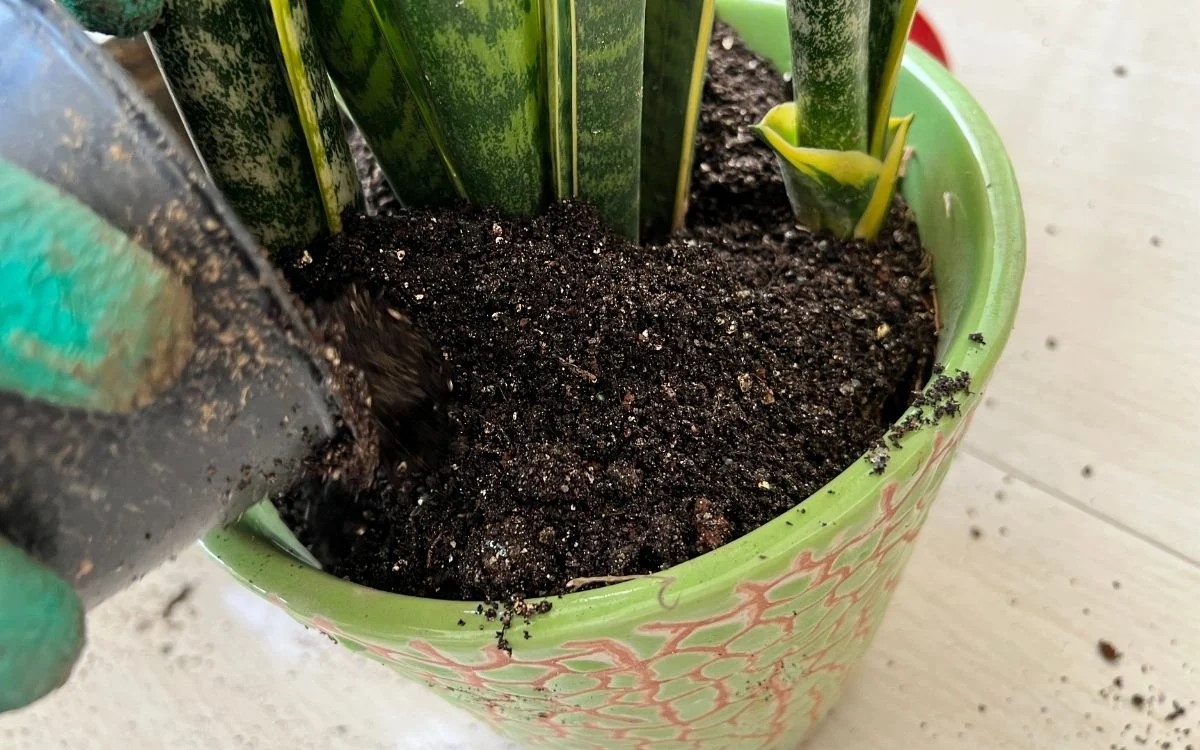
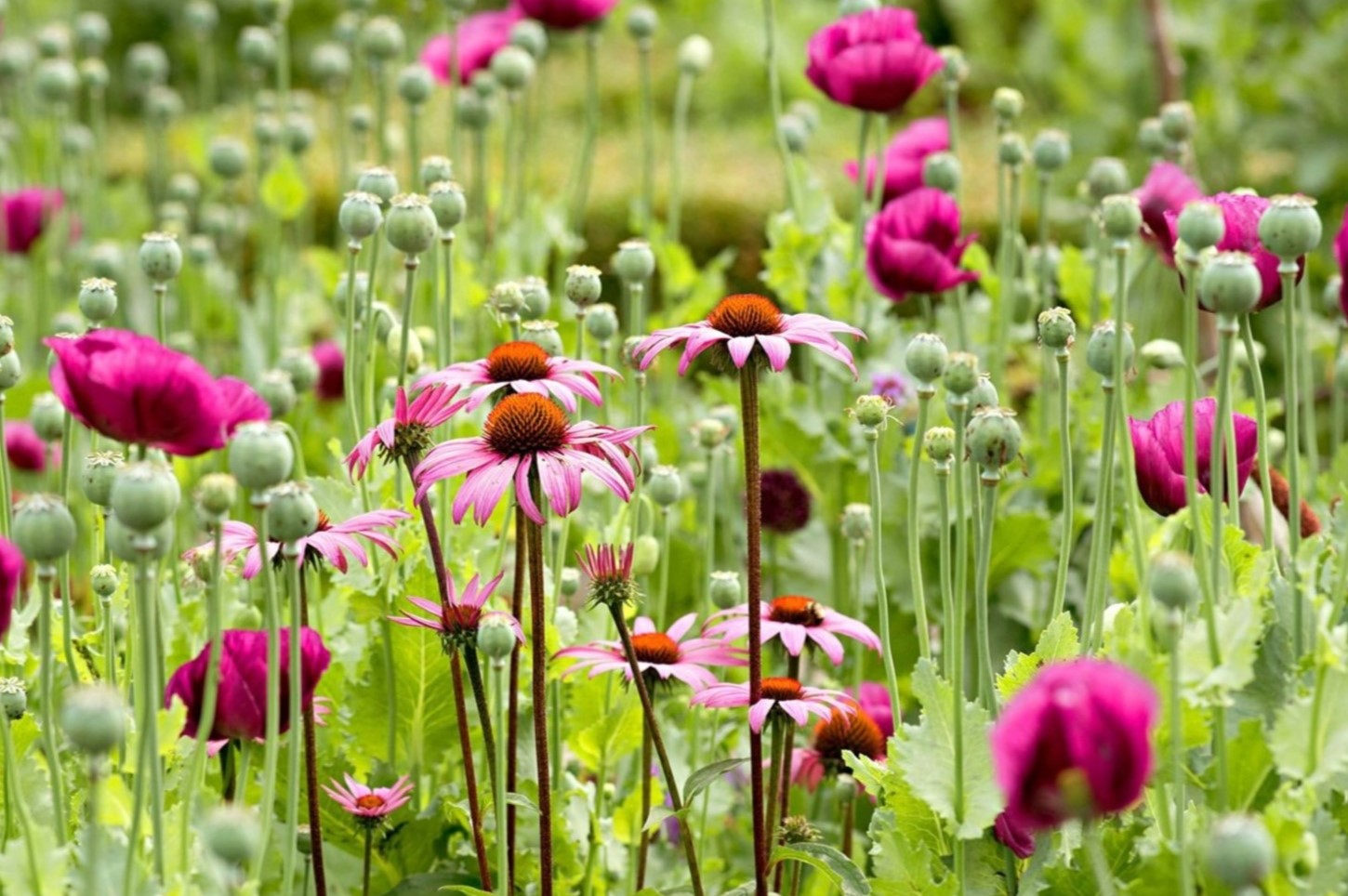
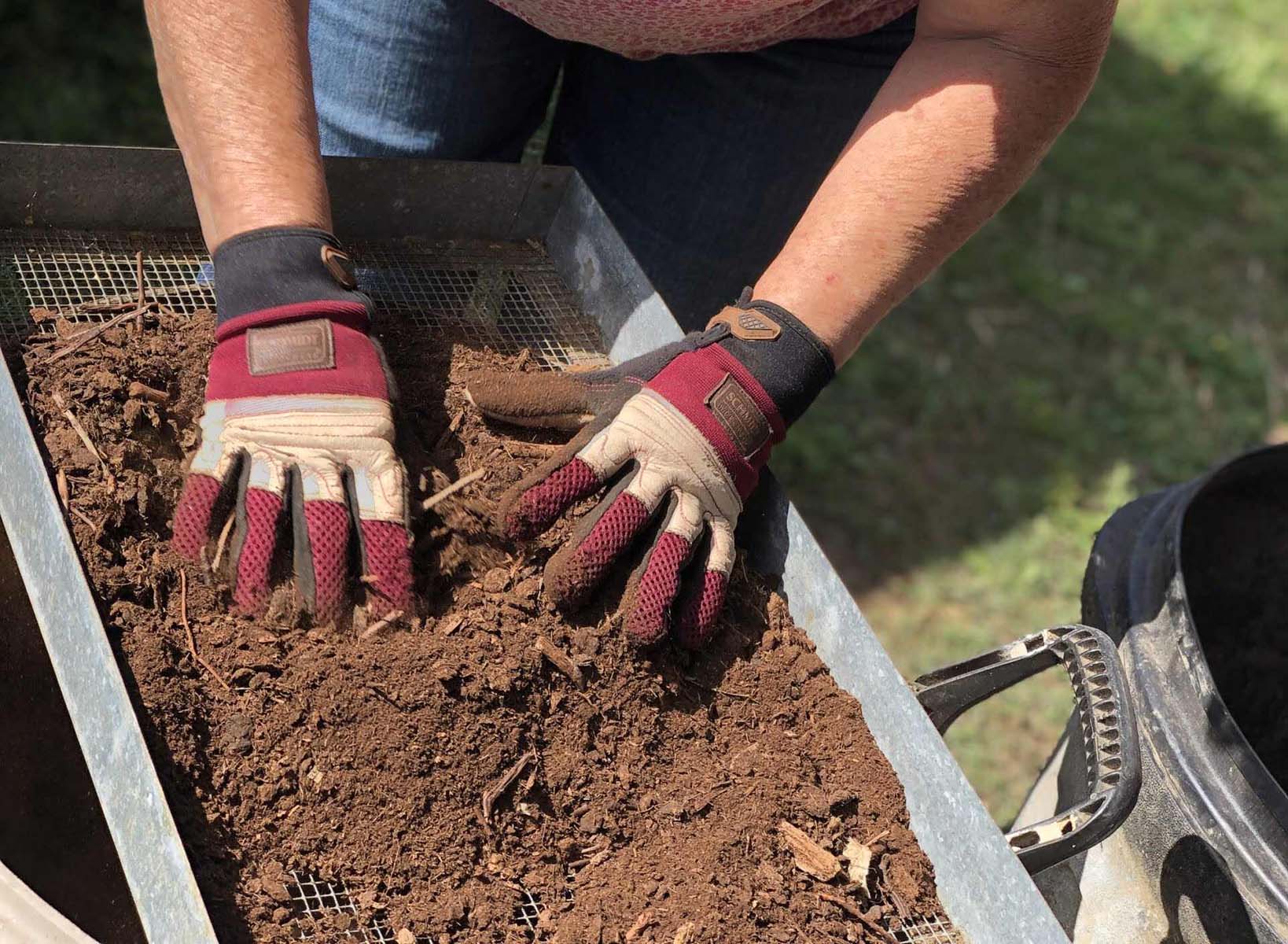
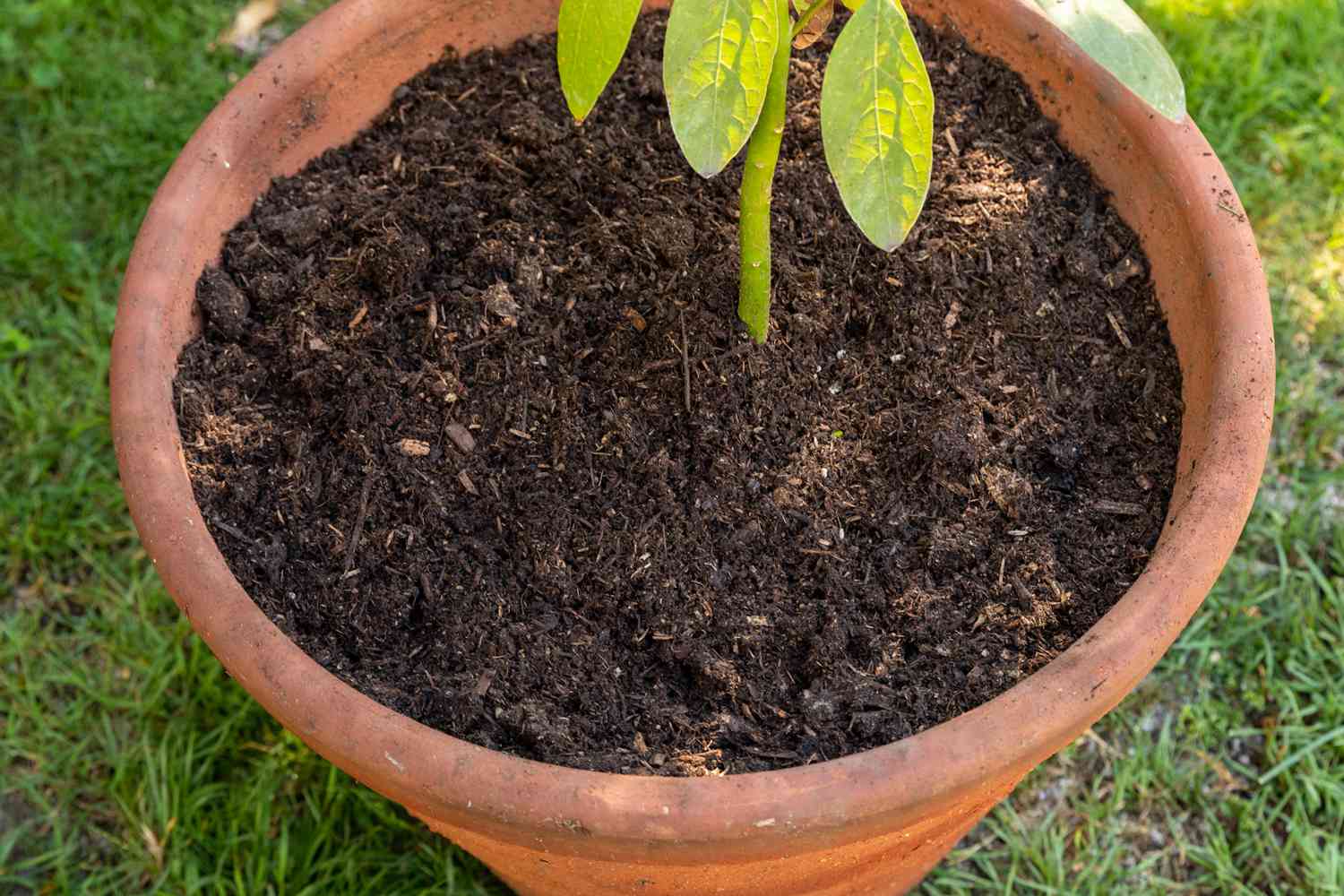
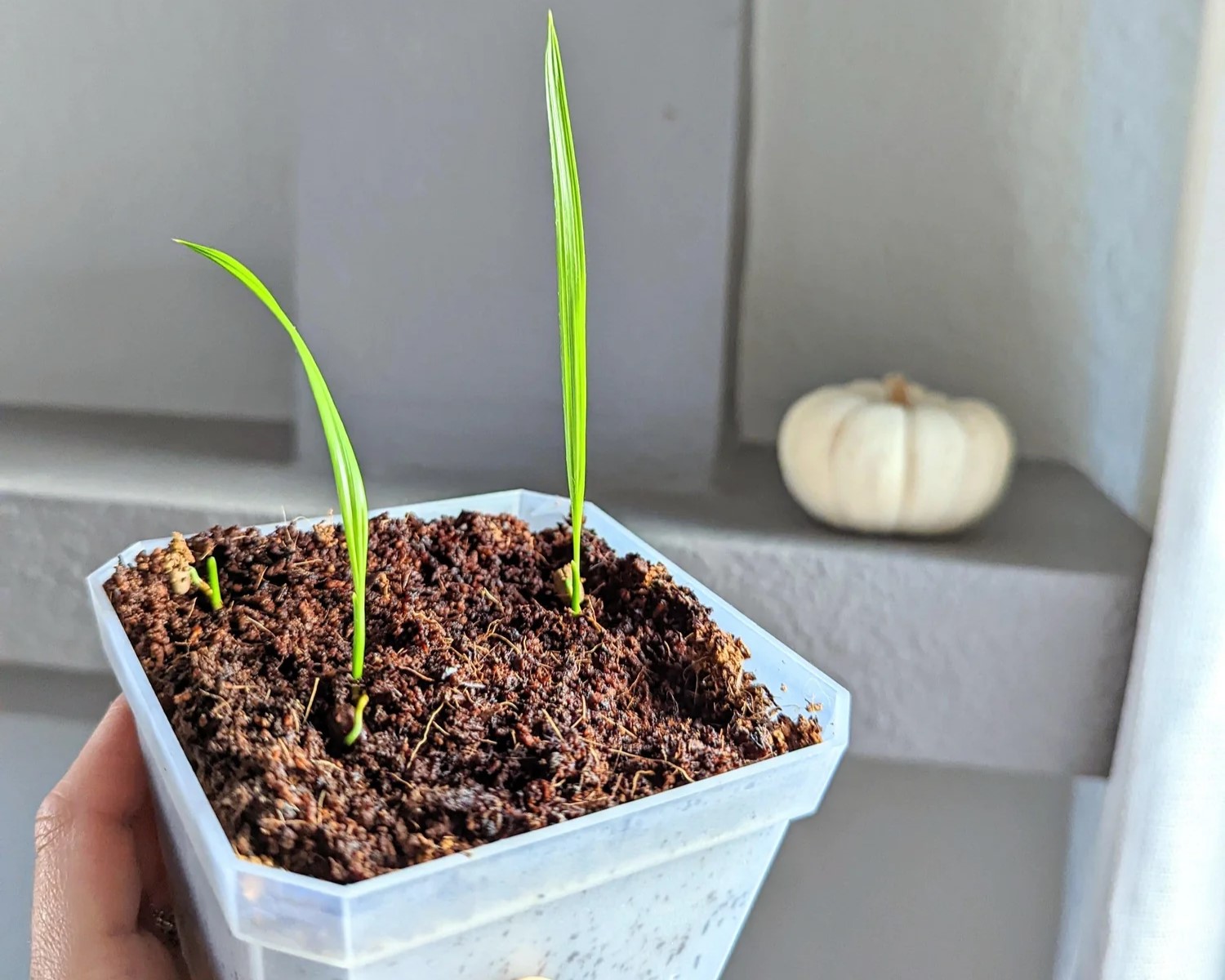
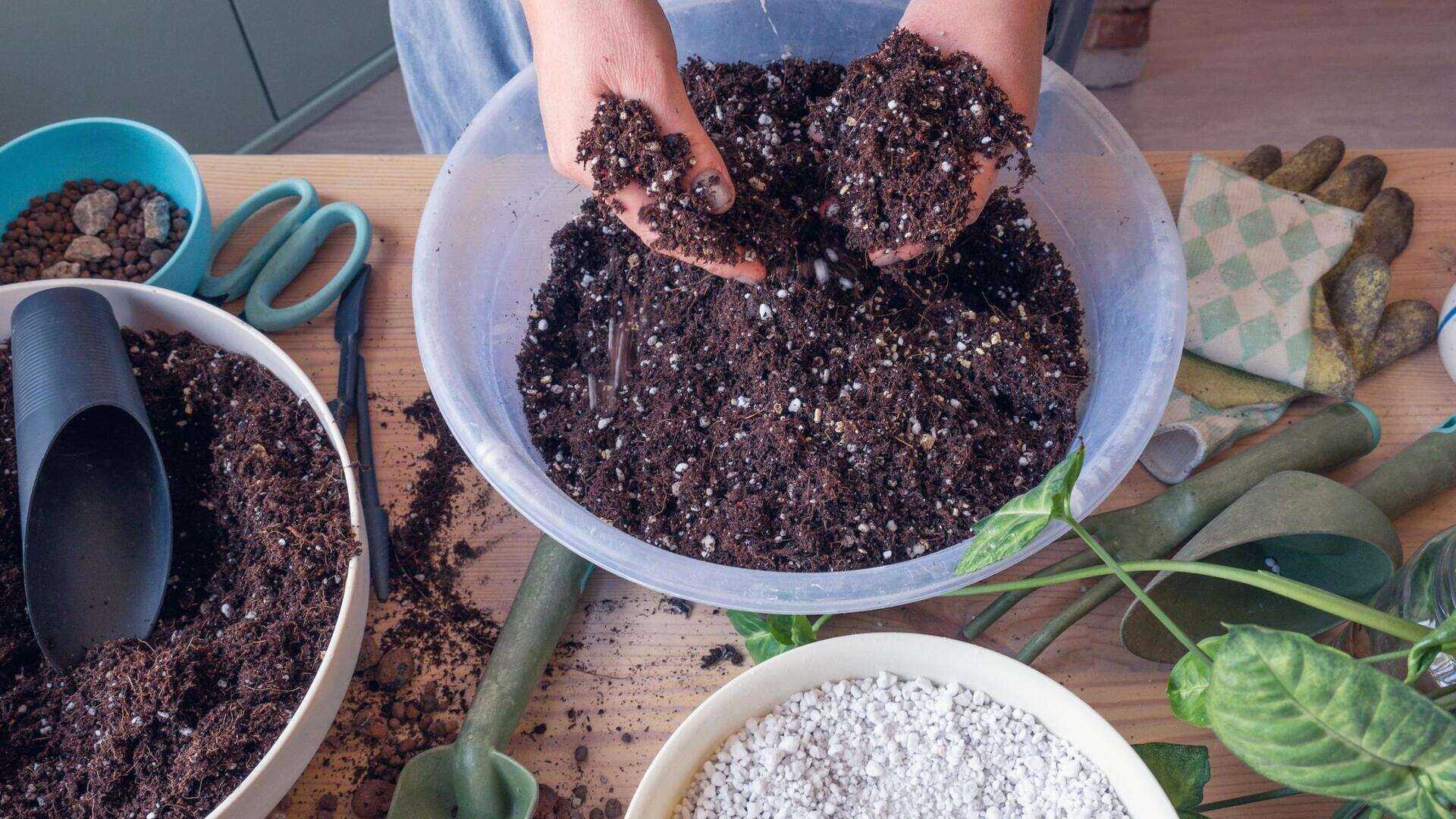
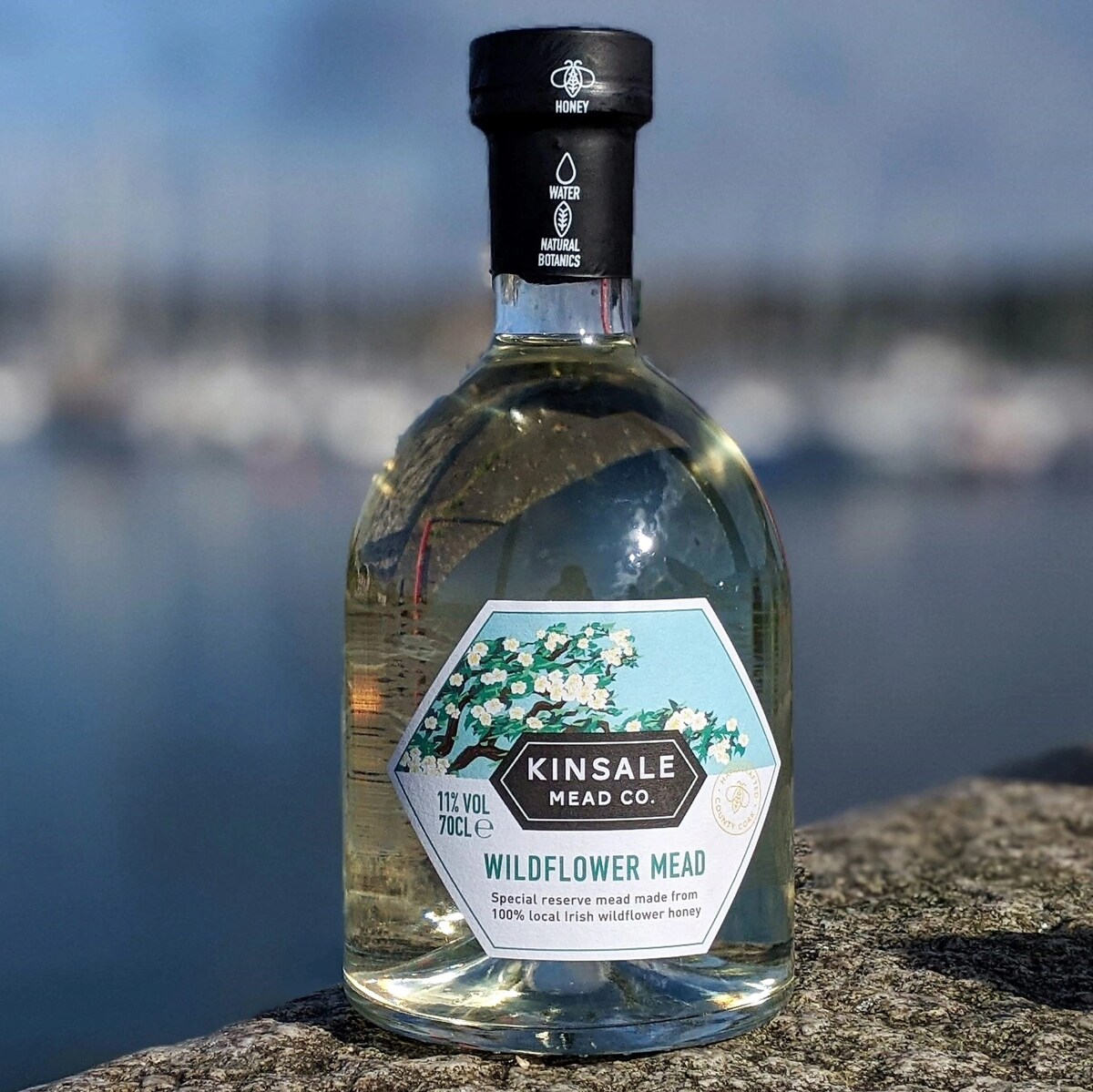
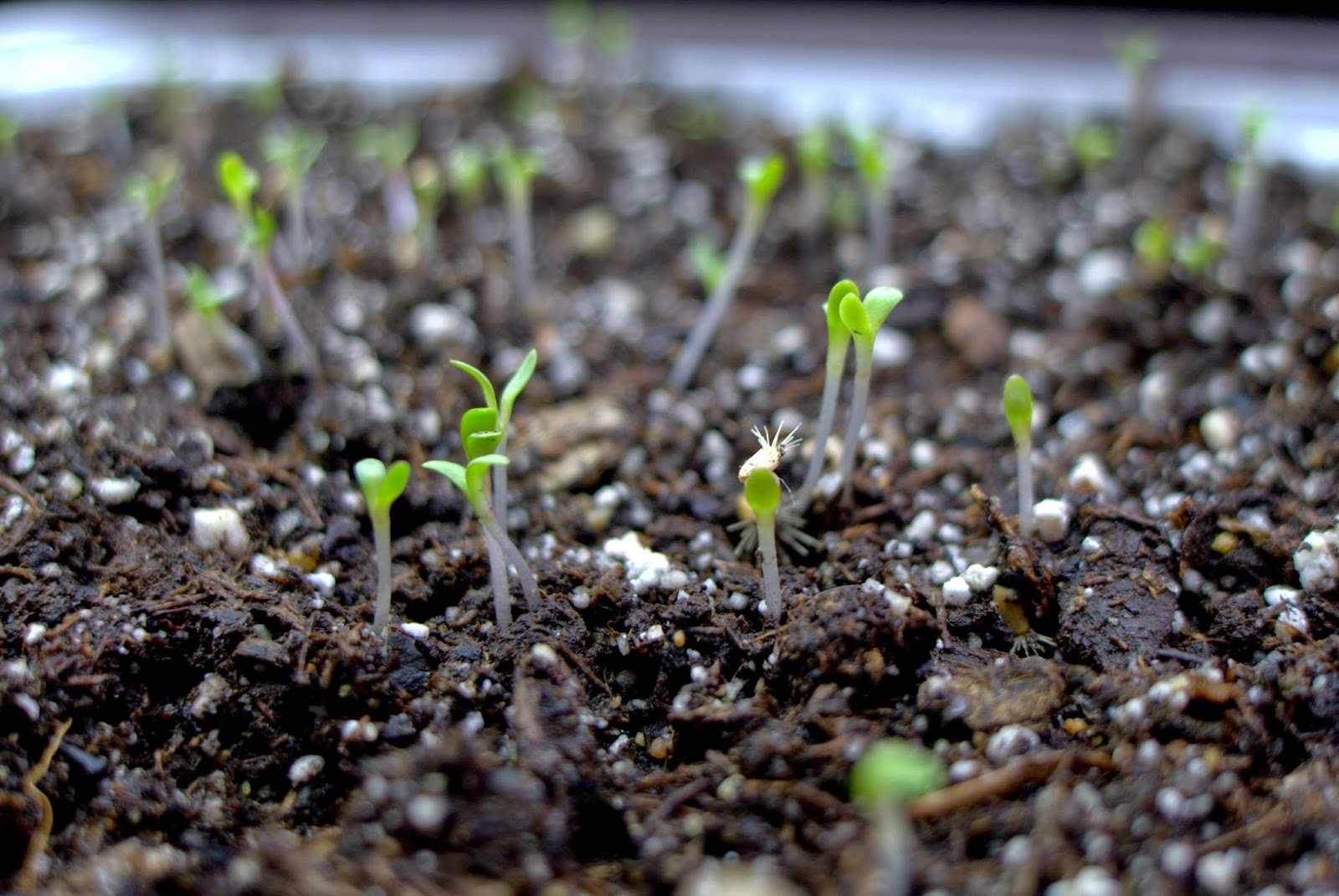
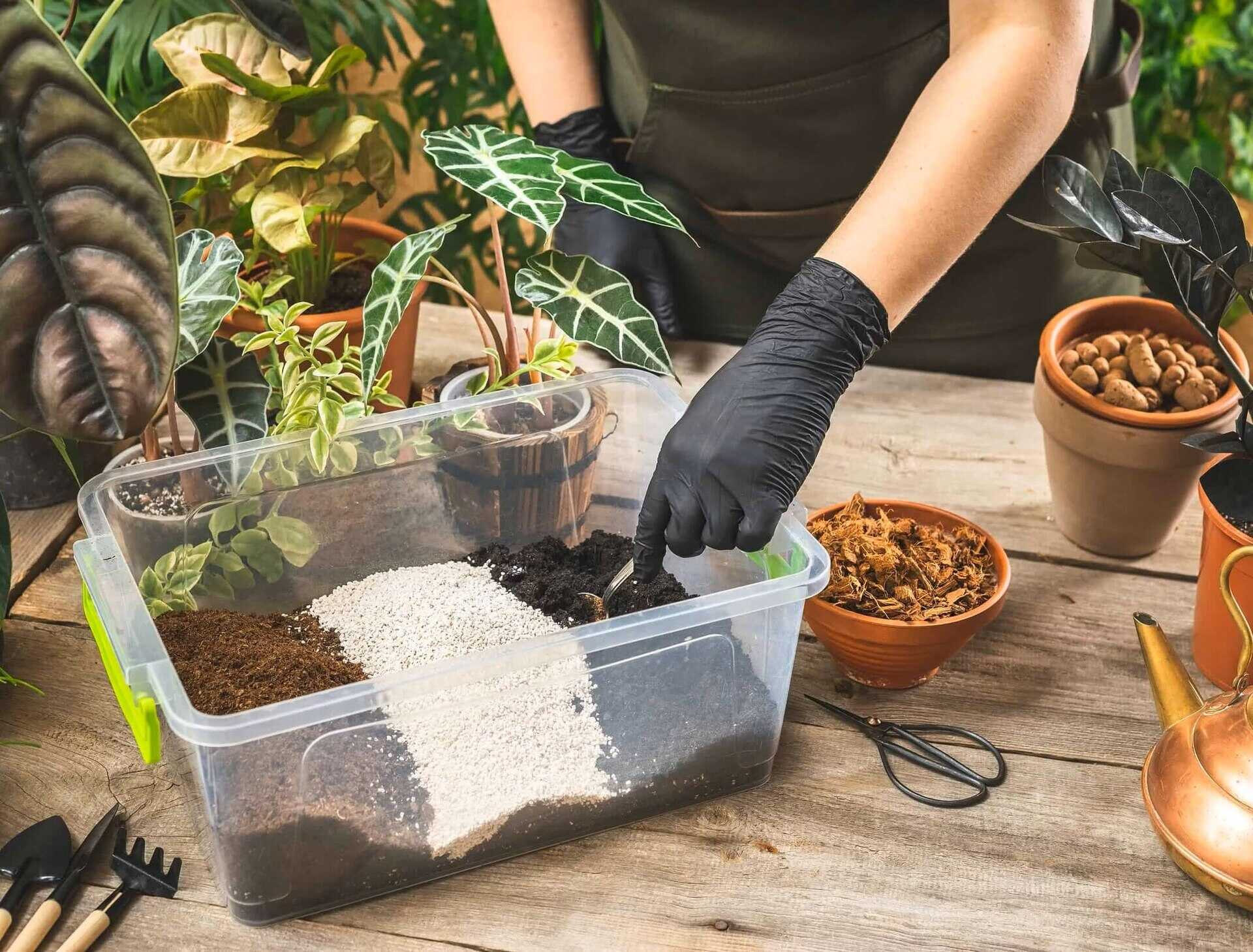
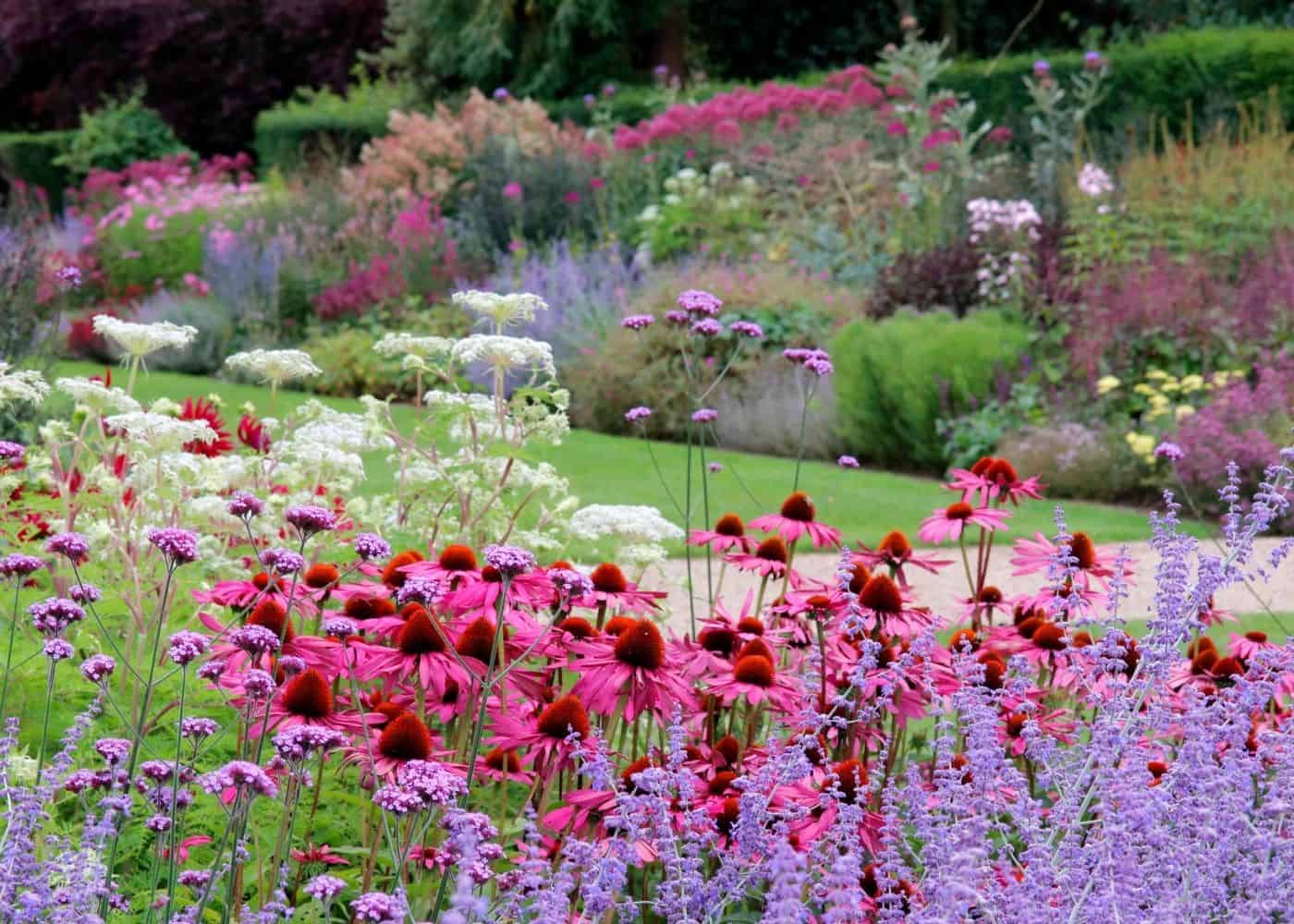
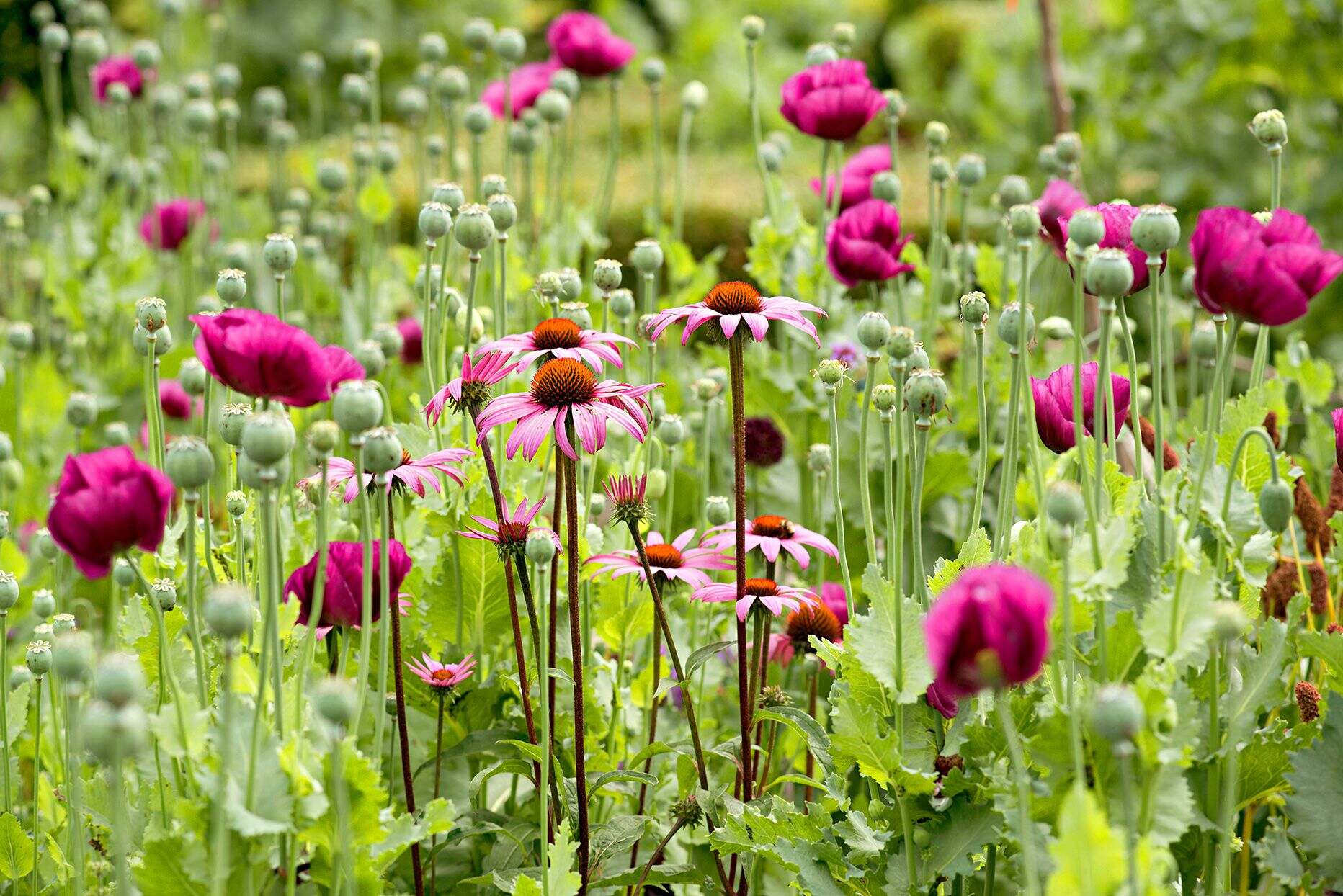
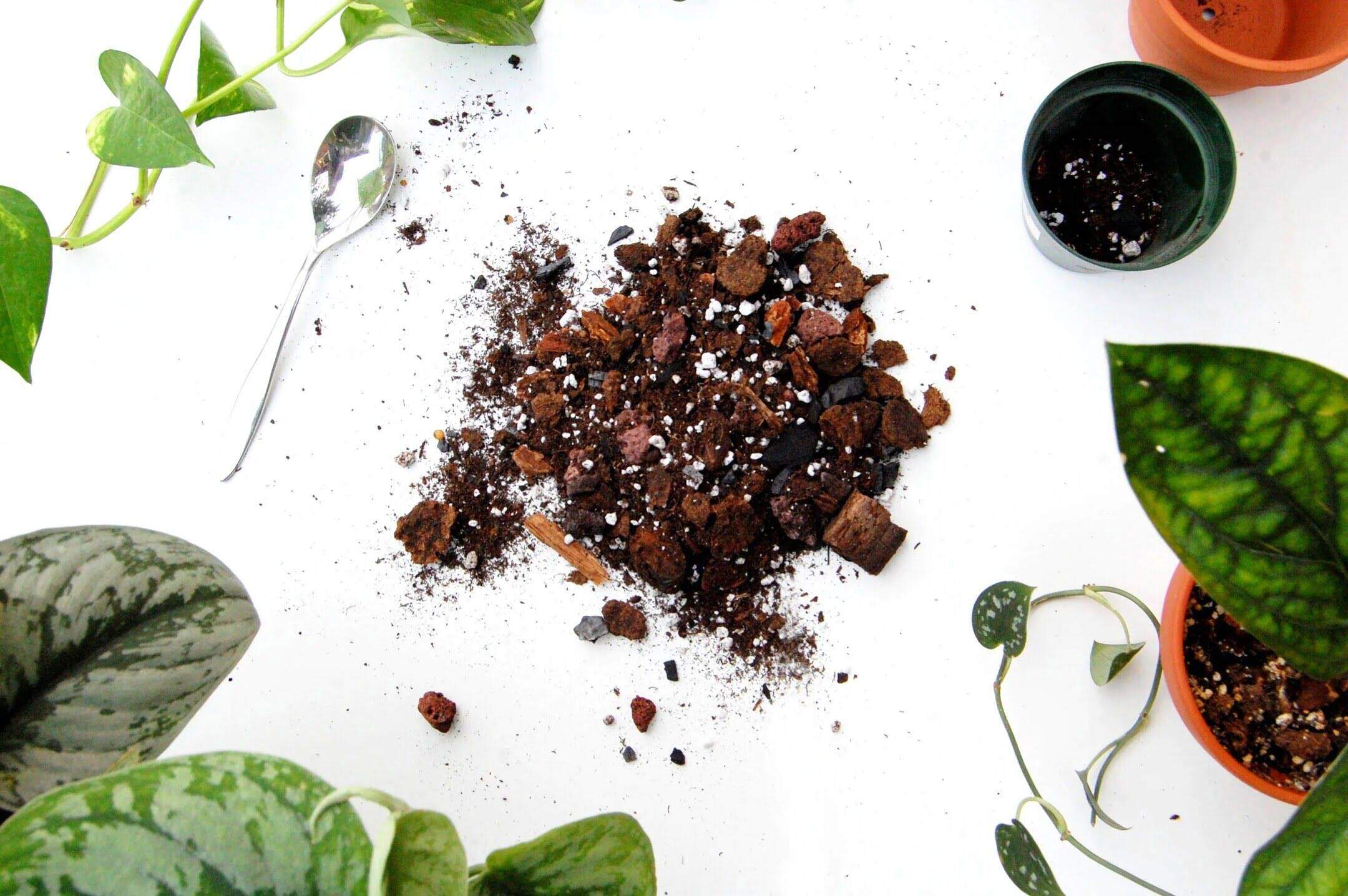
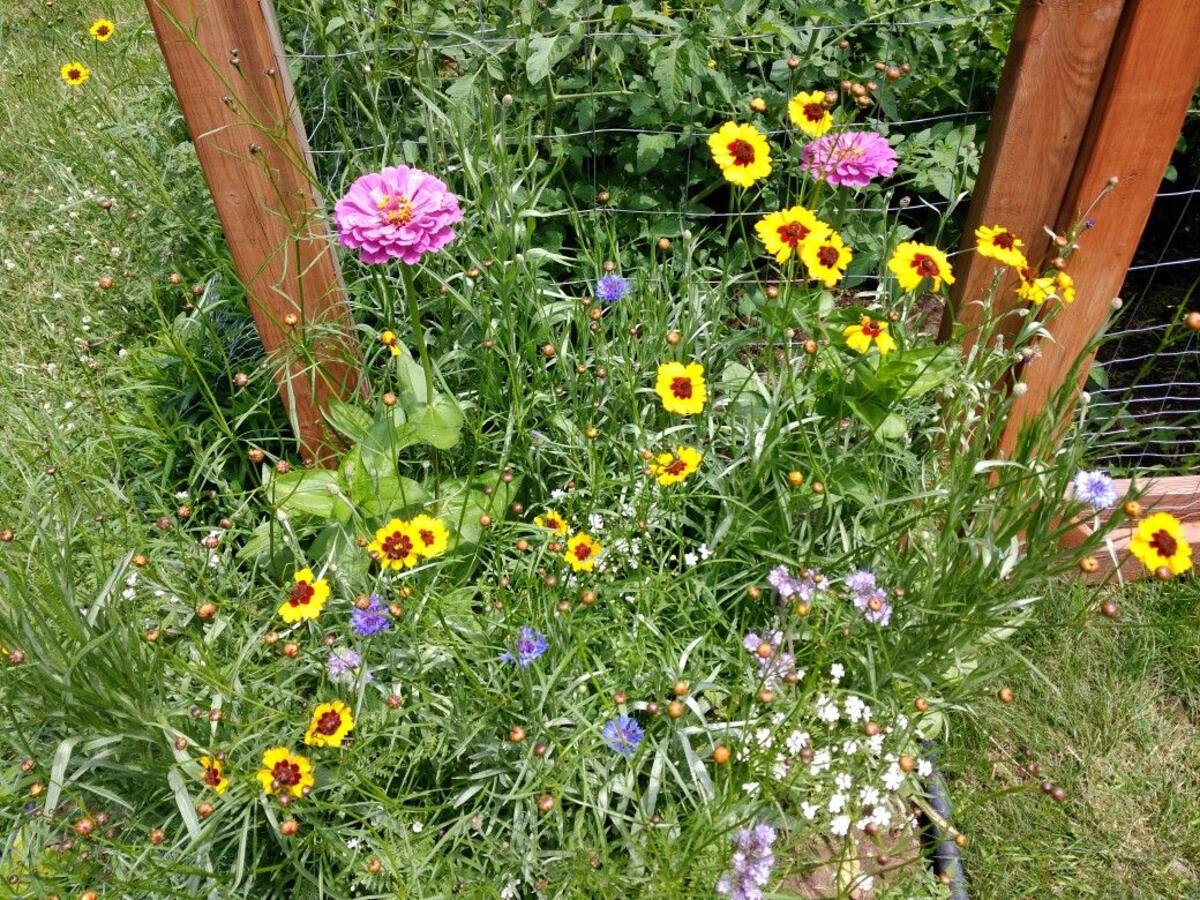
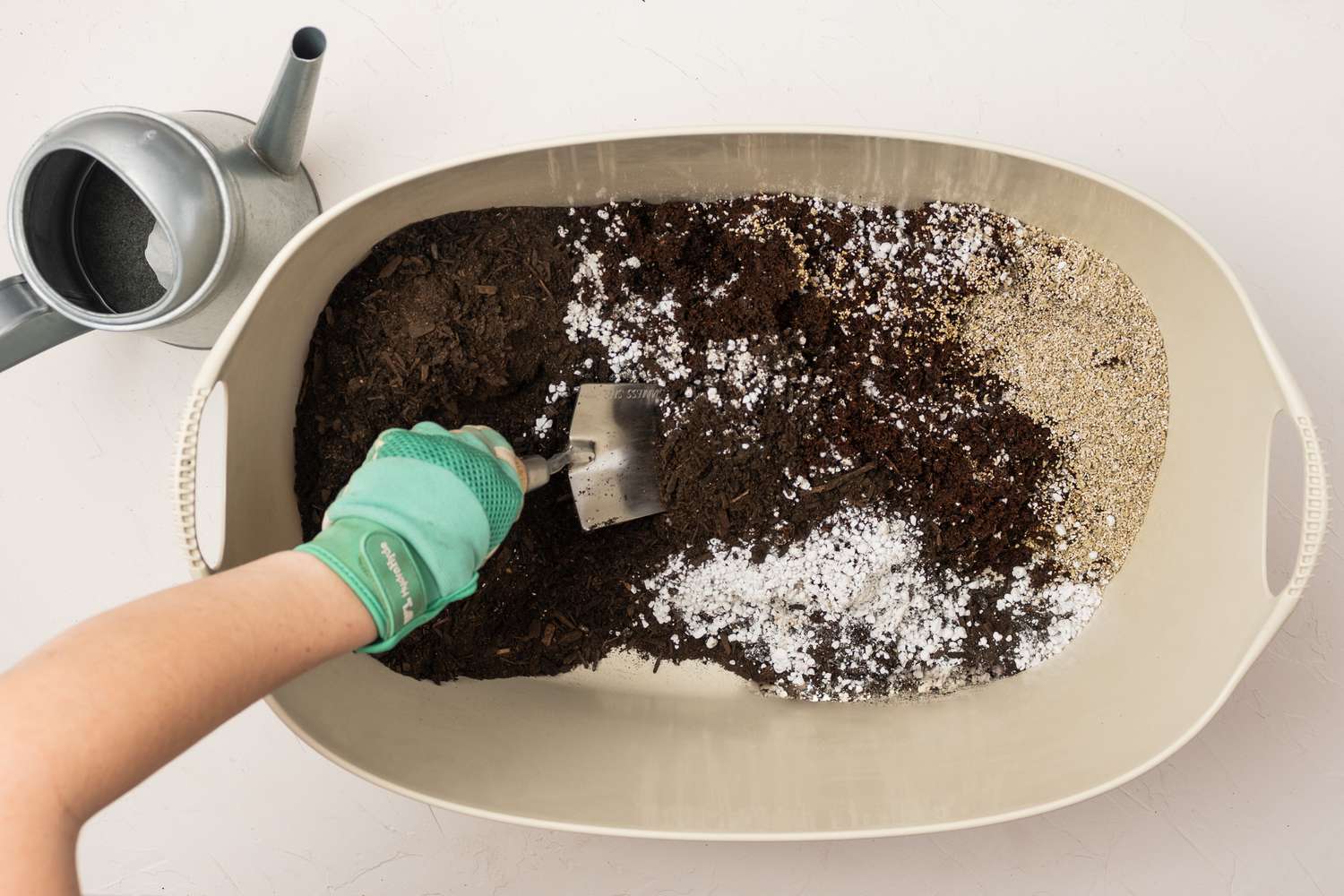

0 thoughts on “How To Plant Wildflower Seed Mix”